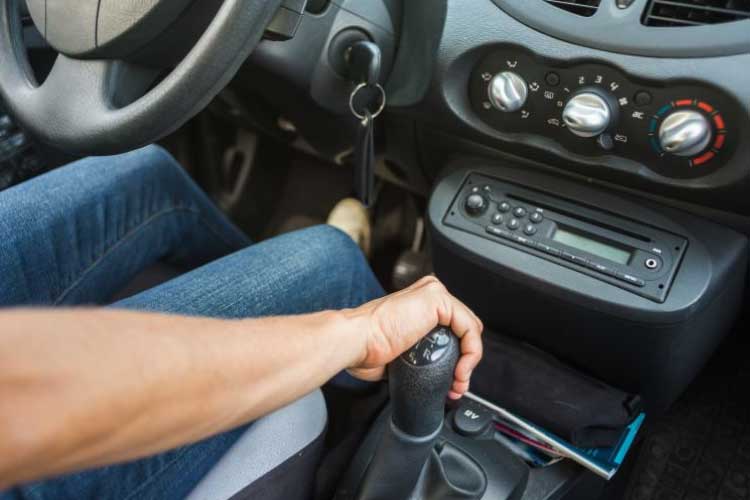Car Stalls In Reverse (All The Causes & Possible Fixes)
Does your car always stall when you put it in reverse? If yes, you’re probably seeking answers on why this could be happening and what could have gone wrong with your car. Luckily, this guide has got you covered.
Your car stalls in reverse due to a variety of issues ranging from clogged fuel injectors to clogged transmission fluid line, bad fuel pump, bad fuel filter, failing idle control valve, failing throttle position sensor, bad oxygen sensors, and faulty earthling connections.
Read our guide below for more information about all the possible reasons your car stalls in reverse, and the potential fixes to help you resolve this problem.
What does it mean when your car stalls in reverse?
Your car randomly stalling in reverse shouldn’t raise concerns. But if this is something that keeps repeating itself, then this is a clear indicator that something is wrong with your car and you need to diagnose it to find out what’s causing the stalling-in-reverse syndrome.
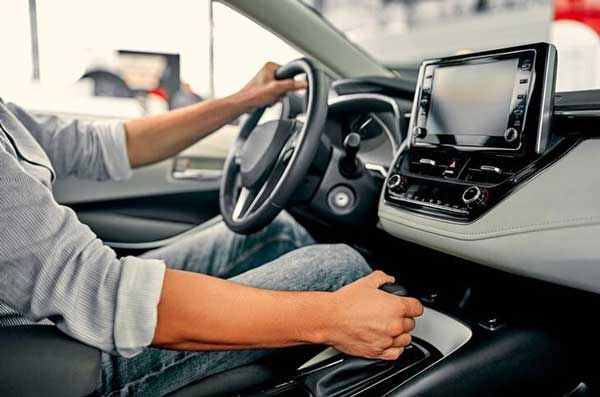
Below, we have listed all the likely causes for your car to stall in reverse:
Clogged transmission fluid line
Probably one of the most common reasons why your manual or automatic car stalls in reverse is due to an issue with the transmission fluid line.
The transmission fluid going bad or the transmissions cooler circuit being blocked are sufficient reasons to make your car stall in reverse.
In automatic transmission cars, the clutch in manual cars is replaced by a torque converter.
During a cold start (where the torque converter is filled with oil), air will get trapped inside the converter and lock up the system, causing your car to stall in reverse.
Also, if you’ve been using your car for a long period of time, the clearance existing between the stator and input shafts can cause oil to drain from the torque converters.
Defective fuel pump
If you have a defective fuel pump, it could be another potential cause behind your car stalling in reverse.
When your fuel pump is failing, it’s unable to dienes fuel at the correct pressure which means it doesn’t do its job as expected.
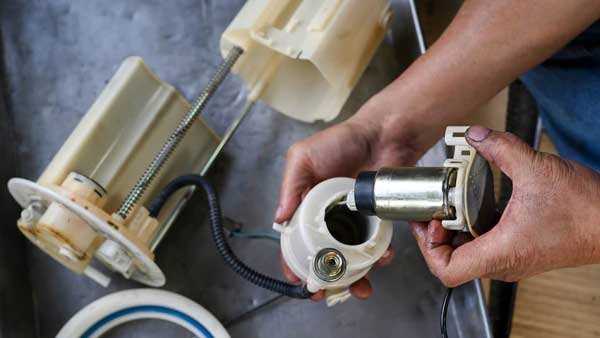
Also, if the pump fuel strainer is clogged, it doesn’t allow fuel to flow through it and might even fuel into the pump, risking damaging the pump impeller blades.
With low fuel discharge and pressure, your car is sure to stall when you try reversing.
Clogged fuel filter
When was the last time you changed your filter? Can’t remember? Well, it could be clogged by debris and other undesired particles, restricting the flow of fuel and causing your car to stall in reverse.
It’s a well-known fact that your car will take in more fuel when in gear and a clogged fuel filter will reduce the flow rate as well as fuel pressure, increasing the chances of stalling in reverse.
Clogged fuel injectors
The fuel injectors are usually at the receiving end of your car’s fuel system circuit.
This means if you have a defective fuel pump and clogged fuel filter, then the fuel injectors will definitely get affected by the passing foreign objects.
Blocked fuel injectors can’t atomize/spray the gas and will instead dribble it inside the piston cylinder.
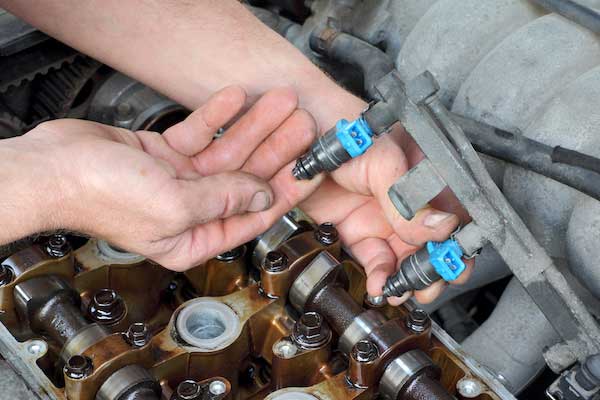
This results in improper air-fuel mixture which brings up a list of engine performance issues including hiccupping, sputtering, and stalling when reversing.
Malfunctioning idle air control valve
If your idle air control (IAC) valve is faulty, it may also cause your car to stall when backing up.
For starters, IAC is a small valve that’s controlled by stepper motor which your car ECM (electronic control module) controls.
This valve simply bypasses the throttle butterfly valve and controls airflow—helping maintain your engine idle speed.
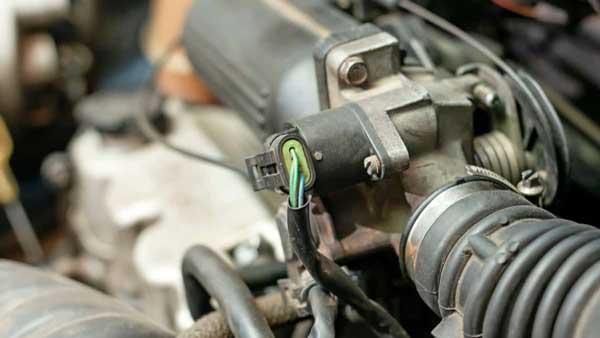
However, if exposed to dirt, dust, or other foreign particles, it is unable to operate smoothly. This affects the airflow and makes your engine die in reverse.
Damaged throttle position sensor
The throttle position sensor (TPS) gets the info from the driver and relays it to the vehicle ECM (electronic control module) for proper air-to-fuel moisture adjustment.
The car will then speed up or slow down based on the driver’s action. But if the TPS sensor can’t function properly when starting your car or during idle, the throttle input to the ECM will be misleading.
Due to the inaccurate data input, the idle air control valve required for the idle mode won’t be activated and your car will likely stall when reversing.
Bad oxygen sensor
The O2 sensors are tasked with sensing the presence of oxygen in the exhaust gases and then send the feedback to the ECM on whether your engine is running lean or rich.
However, if these sensors become faulty, they’ll make your vehicle computer wrongly interpret the air-to-fuel ratio data regarding the amount of fuel being burnt in combustion chamber.
This will increase the risk of your vehicle stalling in reverse or the engine dying off completely.
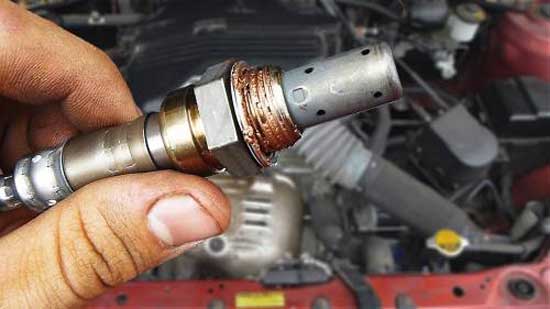
Failing ignition system
As you already know, your car ignition system produces the spark required to ignite the air and fuel mixture for the combustion process to take place.
A faulty ignition system will lead to engine misfires before your car can even start stalling.
But if specific ignition system components such as coil plug wires or ignition coil pack go bad, then combustion will be affected and your car may stall when put in reverse.
Earthling connection issues
If your car terminals are damaged or corroded, they’ll affect the earthing of different parts of your car.
This issue usually results in various diagnostic trouble codes being thrown and making your car stall in reverse.
Some cases of poor earthing connection may even result in your car failing to start.
How to fix a car that stalls in reverse?
If you want to solve the car-stalls-in-reverse problem, then you must first find out the root cause of the problem.
As we’ve just discussed in our previous section, there are many potential causes behind this issue, so you’ll need to carry out a full diagnosis of your car to help you pinpoint the exact reason it behaves that way.
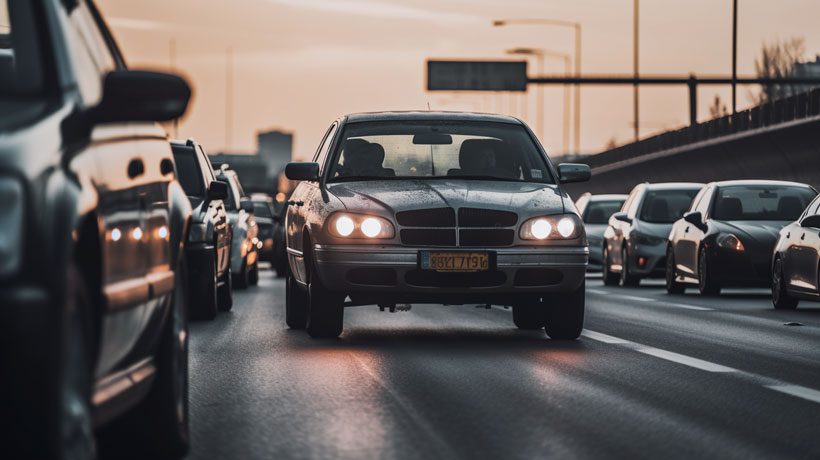
You can also use an OBDII scanner to pull trouble codes from your car computer. These will make your diagnosis easy by giving your ideas about where to look into.
If you find out you have clogged transmission fluid line or bad trans fluid, then you should simply replace the line or the fluid.
For parts like blocked fuel injectors, clogged fuel filters, a bad fuel pump, or a failing idle air control valve, the solution is to clean them. And if cleaning alone won’t help, then you should consider replacing these parts.
A failing oxygen sensor will also require some cleaning or replacement to fix the stalling issue. However, keep in mind that replacing the sensor might prove too technical, so you may want to get a mechanic to do it for you.
The throttle position sensor (TPS) that’s failing will also need to be replaced to resolve the stalling problem.
Poor earthing connection issues can be solved by simply cleaning the earth terminals.
Don’t forget to inspect your ignition system and replace any damaged spark plugs, ignition coil packs, and coil plug wires.
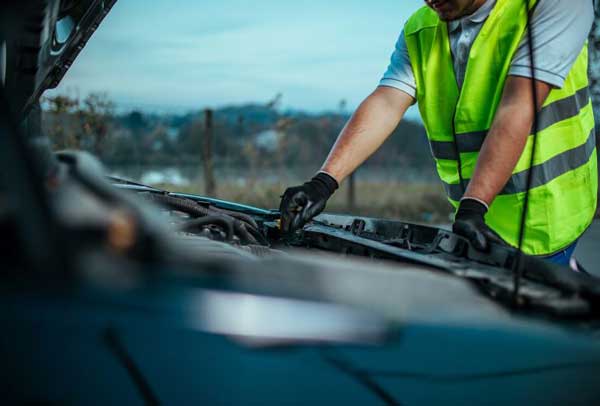
PRO TIP: Taking good care of your car and religiously following a regular maintenance schedule can help you avoid most of the problems we have discussed above and greatly minimize the chances of your car stalling when reversing.
Why your car stalls when put in drive or reverse
Some cars may stall when put in drive or reverse. If this sounds like the kind of stalling experience you’re having with your car, you may be looking for ideas as to what could be wrong with your car.
Many issues can be behind this stalling, so you’ll need to diagnose your car for the exact cause. You’ll first need to check the transmission for fluid level, leaks, and its condition in general.
If the transmission problem looks fine, you should go ahead and look at other parts that may cause the stalling.
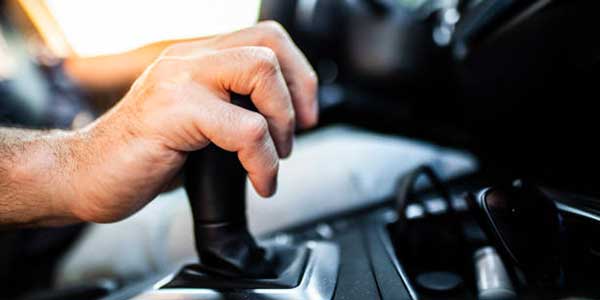
These include torque converter issues, faulty idle air control valve, and wiring harness problems. You should also look for vacuum leaks that can cause a hell of an issue, including making your car stall in idle or reverse.
You may also want to check if your car has any diagnostic trouble codes stored in the computer to help with the diagnosis.
You may also consider getting a professional mechanic to diagnose your car for faults making it stall when reversing or putting it in drive and making the necessary repairs.
Why your car stalls in reverse when cold
You may also notice that your car stalls when you reverse in cold or after a cold start. This issue is more common in cars with automatic transmission.
The most possible cause for this cold start symptom is the presence of too much oil clearance between stator and input shafts. This allows the automatic transmission fluid to drain out of your vehicle’s torque converter during prolonged off periods.
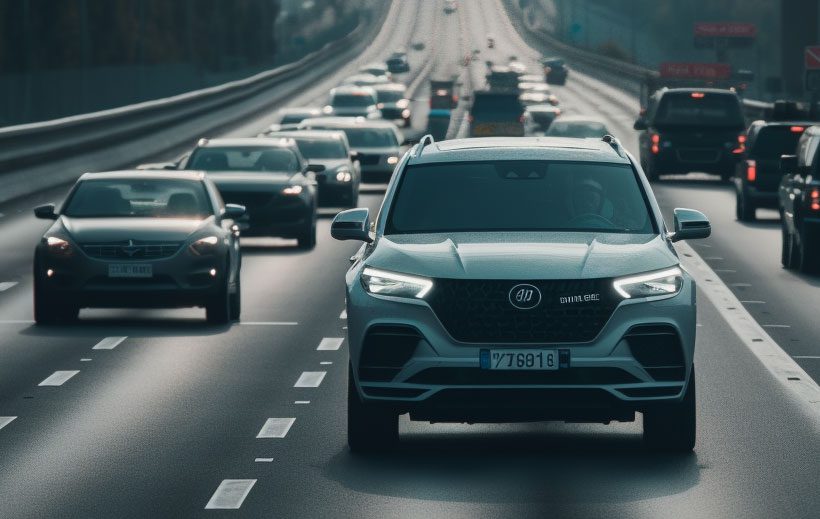
During the cold start process, when the converter is refilled, air is trapped inside the converter, this air then locks up the clutch, stalling your engine as you attempt reversing.
What it means if automatic car stalls when put in reverse
If your automatic car stalls when put in reverse, the key suspects should be low transmission fluid levels, a faulty torque converter, failing clutch park, or a bad solenoid.
According to this Repair Pal post, stalling when shifting is mostly caused by a clogged transmission cooler line or the fluid cooler. The fix for this issue is to restore the trans fluid flow by replacing the lines and/or cooler as necessary.
Low fluid level is the most likely culprit behind this stalling problem. When the fluid level is slow, there’s no pressure on your vehicles to prevent them from slipping or stalling.
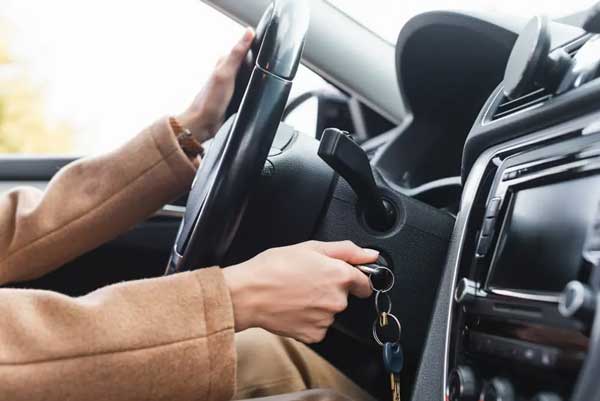
A failing torque converter permits excessive fluid flow from the pump side of the converter to the turbine side, forcing your engine to work harder than usual and increasing the probability of stalling as a result of low engine RPM.
The solenoid responsible for controlling transmission fluid flow may also be the culprit behind the issue. If it goes bad, it can’t control the valve opening/closing and this means your car can’t move in any direction.
It’s wise to get a mechanic to inspect your automatic car and find out the root cause behind the stalling when reversing.
Why your car stalls when reversing uphill
Some motorists also experience their cars stalling when reversing uphill only but operate normally when driving uphill or downhill.
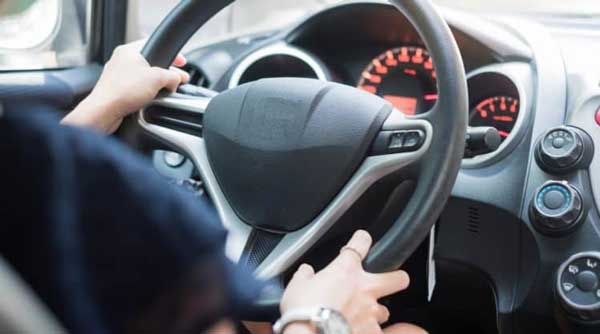
Such an incidence could be caused by an issue with the car traction control system. The sensor may be reading your car position wrong when you’re backing up, thus limiting power and causing your car to stall.
Car stalling can be a frustrating and potentially dangerous problem, especially when it happens in reverse. At MotorAdvices, we have articles that address a range of issues related to car stalling, including how to deal with stalling at stops and at low speeds. Our article on car stalling at stops explains the common reasons why your car might stall when you come to a stop and provides suggestions on how to fix the problem. Additionally, our article on car stalling at low speed discusses the possible causes of stalling when driving at low speeds and provides tips on how to prevent it. Visit MotorAdvices to learn more about how to keep your car running smoothly and avoid stalling, no matter when it happens.Related Questions:
The most common culprits behind your car shutting off when you go in reverse include a faulty idle air control valve, clogged fuel injectors, bad fuel filters, bad oxygen sensors, faulty ignition, and so on. It’s a good idea to get a mechanic to diagnose your car to find out which fault is causing the engine to die and fix it for you.
Manual car stalling can be due to driver actions. For instance, if you don’t press the clutch or fail to put your car in proper gear, the engine may stall when you reverse. Depressing your clutch too fast may also result in stalling. However, you shouldn’t rule out all the other potential causes for your manual car stalling in reverse we discussed earlier in this guide.
Final Verdict
Stalling in reverse is a common problem most car owners face and has many potential culprits behind it. The most common culprits include clogged fuel injectors, clogged transmission fluid lines, bad fuel pump, bad fuel filter, failing idle control valve, failing sensors, and poor earthling connections.
You can solve this stalling problem by diagnosing your car while paying special attention to the above-mentioned key areas. Scanning your car for trouble codes can also help with diagnosis. And remember, taking good care of your car and regularly maintaining the above parts will help keep away the stalling problem.

